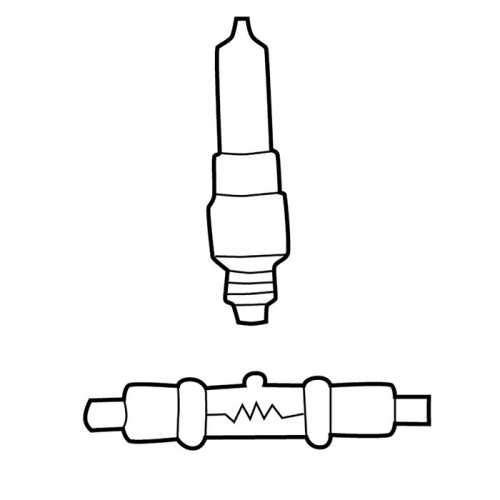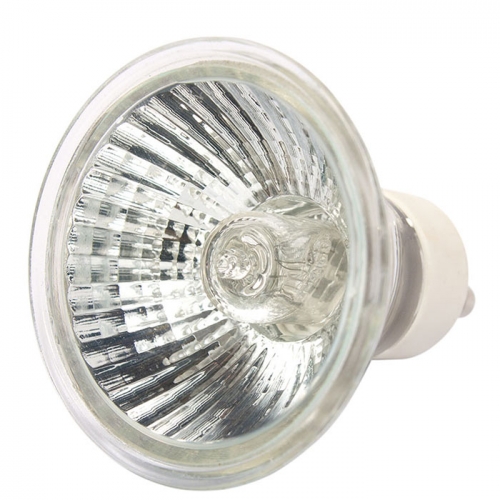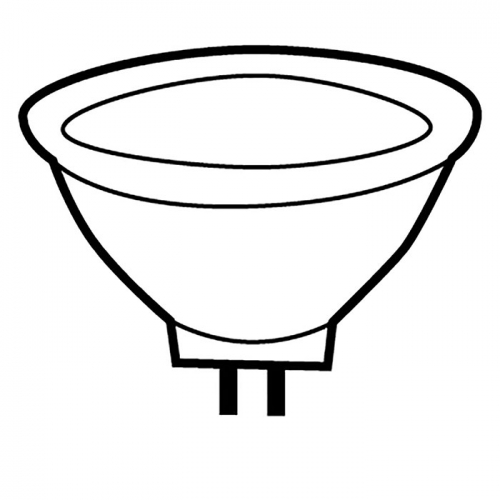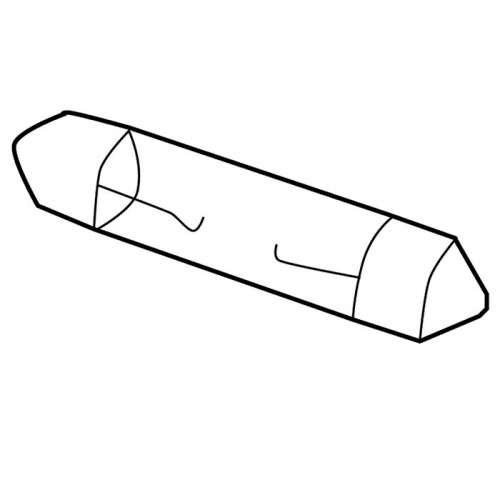For function purposes, what two types of lighting are needed?
1) Task lighting for certain activities
2) Ambient lighting for overall illumination
To establish mood, you need to establish what kind of lighting? How else can you establish mood through lighting?
1) General illumination. Bright is upbeat and positive, while dark is intimate and romantic.
2) Using different style fixtures to reflect mood and mood lighting with accents that have functional reasoning.
What aspects to consider when achieving harmony with lighting?
1) Use different fixtures for different tasks
2) Light should flow in different directions
3) Different heights of lighting
4) Different intensity of illumination.
What is a fluorescent lamp and what are the advantages and disadvantages to them?
A long tubular shaped lamp.
-Advantages: Cool light/no heat, burns 10x longer as incandescent, more cost effective (produces 3x-4x as much light for each unit of electricity.
-Disadvantages: Creates unflattering green/blue light and new compact fluorescent is expensive. Many can't be dimmed however, newer compact styles with special bulbs can be used with dimmers
Advantages and Disadvantages of Incandescent lamps?
Advantages: Warm, soft glow
Disadvantages: hotter, burns faster, and uses much more electricity
What are advantages and disadvantages to Quartz-Halogen Lights (incandescent)
Advantages: Produce bright light and small size
Disadvantages: burns hotter.
*often used in contemporary interiors

What is PAR Lamps? Used for?
Parabolic Aluminized Reflectors.
-Often used in stage lighting for beam control.
-Type of Halogen bulb
-Used for lighting artwork, long hallways, accenting display cases and washing walls with light.
PAR 16 < PAR 64

What is a MR-16 lamp and what is it used for?
"Mini Reflector"-used for spotlighting table displays, highlighting art. Advantage: Can be small and hidden.

What are Xenon Lamp Advantages?
Cooler light than incandescent but warmer than fluorescent.
-last longer than incandescent
-not as hot
-can be dimmed
popular for undercabinet lighting

What does LED stand for and what are its advantages and disadvantage?
"light emitting diodes"
Advantages:
-burns cooler than incand. and lasts longer
-more light efficient
Disadvantage: more expensive

When do you use a separate ceiling lighting plan?
1) when ceiling lighting is complicated
2) when you want to indicate precise locations and types of fixtures to be installed for electrical contractor
3) when ceiling has # of ventilation openings that you want to indicate for HVAC installer.
What are the three steps for lighting a room?
1) Light task areas. Then if needed, ambient lighting (function)
2) add mood lighting- by lighting decorative objects
3) Test lighting for variety
What four things do you need to consider when planning for lighting?
1) Existing electrical connections?
2) What are the materials of walls, floors, ceilings?
3) Consult with electrician to ask for suggesting to handle problem situations
4) Get estimate of cost.
How far up from the floor and table should the bottom of a chandelier be hung?
6'-6" off floor if able to be walked under and 2'-3' above table.
Types of downlights?
1) recessed lighting
2) surface mounted (when recessed lighting not allowed-not conducive to traditional setting
How can you position track lighting? 3 ways
1) Run parallel 3' to 4' from wall
2) Connect 4 track lights in square for positioning lights anywhere in the room
3) create any pattern
Sconces are typically used for mood lighting. How high from the floor should you place them?
5'-6' off floor.
What are three types of sconces?
1) Swivel arms (typically used in task lighting)
2) Wall cans
3) Makeup lights
Define: Indirect lighting and when its used
Light reflection off surface used to cast broad, soft lighting. Often used in window treatment, cabinets, bars, bookcases, underneath furniture.
*use CFLs and LEDs
Types of floor fixtures
1) Floor cans (spotlighting plants and wallwashers)
2) Floor lamps (baton lamp or torchiere)
What effect do solid lampshades and transluscent lamp shades produce?
-Solid lamp shades cast direct lighting with little ambience to room.
- Transluscent lighting-creates diffused ambient spread in all directions through the shade.
Tips for selecting the proper lampshade
1) Use same lining material for all shades in the room
2) Warmer shades cast warmer light (peach, cream or pink)
3)For traditional fixture, shade should be 1/3 the height of entire table lamp.
What are rheostats?
Enable to lower the amount of light that a lamp emits by reducing the flow of current to the lamp (dimmer)




